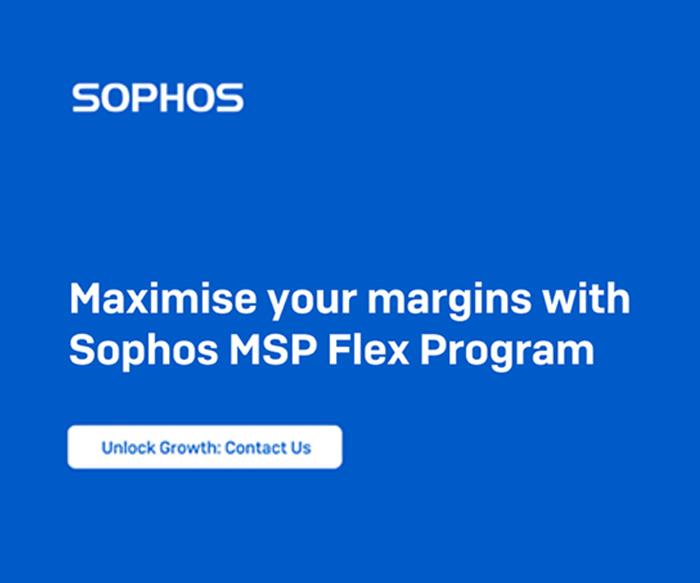By Ryan Poggi
At this moment, we are witnessing an explosion of connectivity, data and innovation. As this hyper connectivity is changing the game for most businesses, customers in turn, are radically changing the rules as they demand a simpler, seamless and personalized experience at every touch point.
Rising expectations
You could call it life imitating art, where customers are setting sky-high expectations for real-world encounters, demanding a personalized, consistent, interconnected experience across every touch point.
As society advances in the digital economy, consumers demand access to products and services via multiple channels, putting pressure on companies to provide an integrated experience. It is no longer sufficient to simply deliver a slick experience on a mobile device in isolation. You can?t expect your customers to be happy with one great experience that doesn?t extend beyond the confines of their mobile screens.
In the Philippines, 44.2 million of the population are active internet users, with 90% these users having active social media accounts, based on a report by Asia Digital Marketing Association and the Internet World statistics.
A 2016 Digital Experience Report conducted by SAP found that 54% of Filipino consumers are satisfied with their digital interactions with a brand or an enterprise. This exhibits a positive outcome, but as consumers? awareness of digital services increase, their expectations continue to grow and evolve in parallel. The challenge lies in keeping up with (or better yet, being ahead of) their rising expectations to slant the satisfaction upwards.
But it?s not just about exceeding customer expectations. Inside the enterprise, employees are leading the charge. They want to collaborate with their co-workers in the same way as they do with friends.
For decades, employees were able to enjoy the same, if not better, technology at work than they do at home.
No longer is this the case, with consumer-grade technology often outpacing enterprise technology in terms of connectivity, integration and ease-of-use. Failure to deliver this at work leads to dissatisfied employees, lower morale, all of which affects work productivity and the bottom-line.
Single source of truth
In the modern enterprise, your employees, suppliers, partners, customers, or assets have respective roles to play at every touch point in your company like the brain, eyes and ears do.
These connection points map directly to key functional areas in the organization. Every line of business has been serviced by different enterprise solutions that interact with core systems; but more often than not, they run in silos themselves and reflect machine-like characteristics that are prevalent in the knowledge economy.
Whilst inefficient, it?s not uncommon, that many companies use different siloed solutions to manage customers, workforce, spend and supply chain assets. But in a world where everything is connected, these four areas are prime for disruption. Companies today need to run their business in a ?live? environment, to be able to react to changes both internally and externally almost immediately, with enough agility to adapt to, or even predict, what the market requires. Running ?live? breaks down these silos, bringing market-wide visibility within our grasp.
This opens up an intriguing question: What does the enterprise architecture ? which seamlessly connects these systems to deliver success in the digital economy ? look like? Connecting your employee and customer solution systems through a traditional back end would limit the delivery of the ground-breaking scenarios that are taking place in the digital world.
What?s necessary is a platform for digital business that not only has the scale to run your core processes, but is also hyper-connected to link any part of your business processes together. In turn, a fluid, nimble, real-time digital business emerges ? a true ?Live Business? that is ready to succeed in the digital economy.
The four areas of disruption will be subject to ever-changing influences that will consistently stress your core business. By building a digital framework, you can develop, manage, and execute your own digital transformation strategy. Then, you can link the quartet to a digital business foundation, or a digital core, to better understand, embrace, and deliver on the promise of digital transformation.
Transforming into a connected company will give you unprecedented access to information across your complete business. Gone are the days of requesting staffing plans or asking for financial projections to evaluate new supplier choices. This information will be accessible across the enterprise, which will have a significant impact on how companies are run.
Enterprises of all sizes across the Philippines receive vast amounts of data — such as of sales, expense, investments, competitor analysis, market trends, among others — collected over a certain period of time.
Without an integrated framework to give a unified view, businesses will not be able to make sense of these gathered data which have the potential to provide intelligence needed to support efficient executive decision making in the digital economy.
Yesterday?s boards operate on piecemeal information to make critical decisions on the future of the business, while the pressure of digital transformation weighs heavily on the individual members.
A recent report by consulting company McKinsey & Company addressed this issue by talking about ?increasing their digital quotient? to better understand the underlying technology changes afoot. This is all well and good, but we need to provide the tools and mechanisms needed to take the boardroom out of the knowledge economy and into the digital economy. Today?s technology exists to deliver this real-time view directly to the boardroom.
For those willing to think big, embrace change, move quickly, and organize differently, there are countless opportunities to reap the rewards of the digital economy in industries ranging from healthcare to retail and consumer goods.
By embracing the choice to be a Live Business, organizations will be able to respond dynamically ? to learn, adapt, and even predict in an uncertain, ambiguous, and constantly evolving environment.
The author is the managing director for SAP in the Philippines




